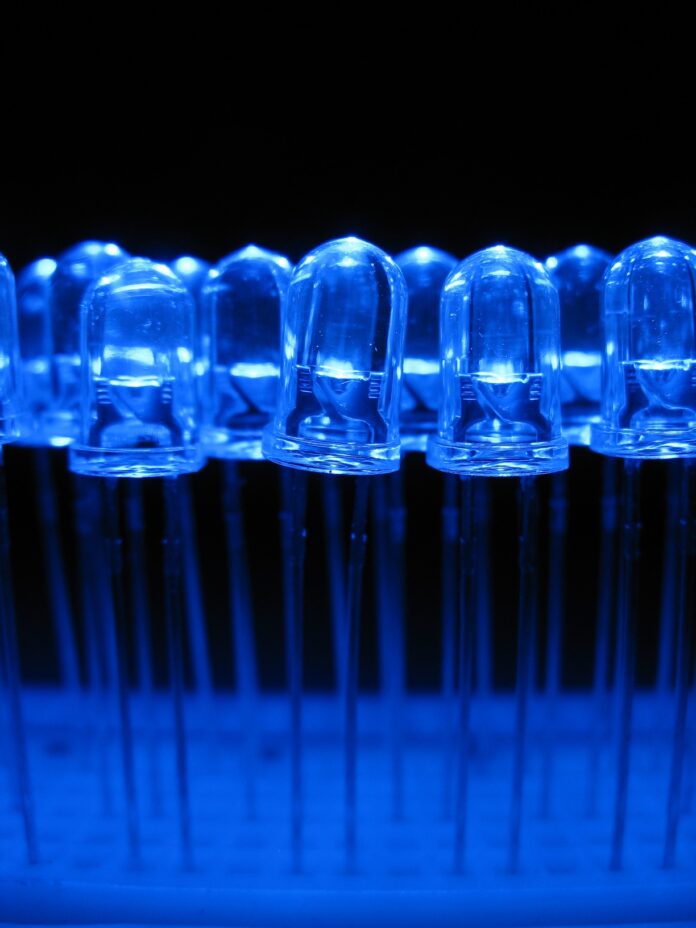LED lighting offers an increasing number of benefits for people who choose to make the switch from incandescent. Progress in LED performance continues to develop at a phenomenal rate, with the average LED efficiency currently sitting at 50%. Some laboratory tests have produced LEDs with an efficiency as high as 60% and it is expected the number will continue to rise. With such productive energy use and an extensive operating life, LEDs are taking over the market for lighting. The one gating issue to the seemingly inevitable success of the light emitting diode is the cost to produce them.
Scientists are seeking to solve the issue by developing a method of producing LEDs which will utilize more affordable materials. In the early 1990s, japanese researcher Shuji Nakamura developed a method of growing thin gallium-nitride (GaN) layers on sapphire substrates to produce high-brightness blue LEDs. As you might imagine, sapphire is an expensive substrate material and certainly adds to the cost of LED production.
A strong candidate for the replacement of sapphire is silicon. Although the material is much more common and more cost effective, there are still some obstacles to overcome. Semiconductors are characterized by the amount of space between the atoms in the crystal lattice. For optimal results, the substrate atoms should be spaced at the same distance as the atoms in the GaN layer. The mismatch causes strain which in turn causes sporadic dislocations of atoms. As a result, electrical current can leak and the LED performance is impaired.
Researchers have already begun working on several solutions to the problem. A mirror on the surface of the LED replaces the substrate after it is used to grow the GaN layer. The structure of the LED is flipped and the light is generated upwards. In addition, the high refractive index of GaN creates a narrow cone through which light can escape. By roughening the surface, scientists have been able to remove the total internal reflection (TIR) restriction. Further enhancements to light output can be made with the addition of a lens.
It is expected that, as research continues over the next few months, that GaN-on-Si LEDs will match the performance of GaN-on-Sapphire LEDs. The use of silicon as a substrate will accelerate the market for LED lighting. With the ability to reduce LED production cost while also cutting energy consumption, homeowners, property owners and other consumers are likely to save hundreds of dollars annually on their lighting related expenses.



